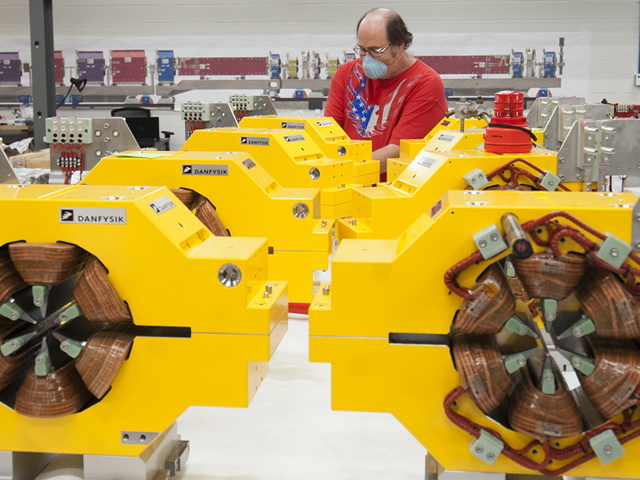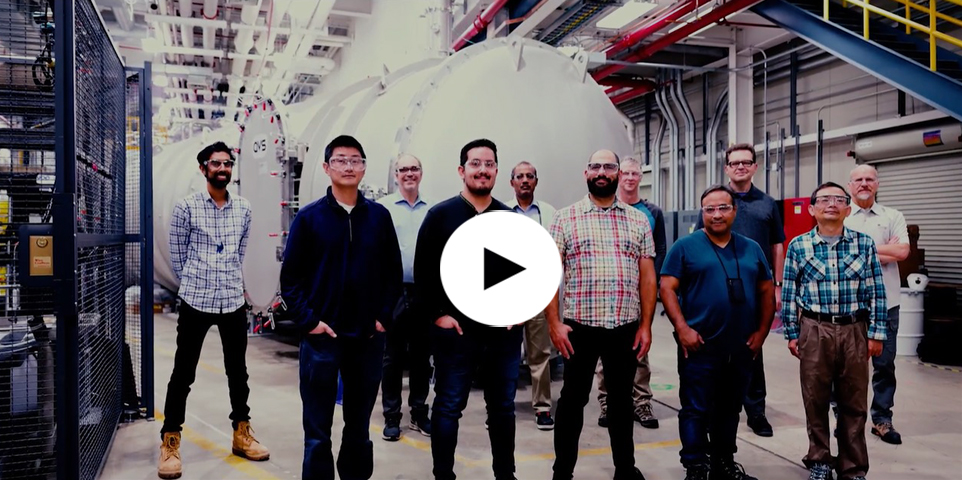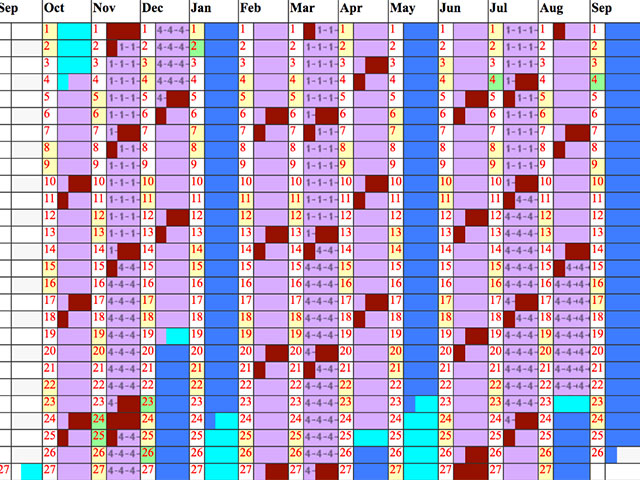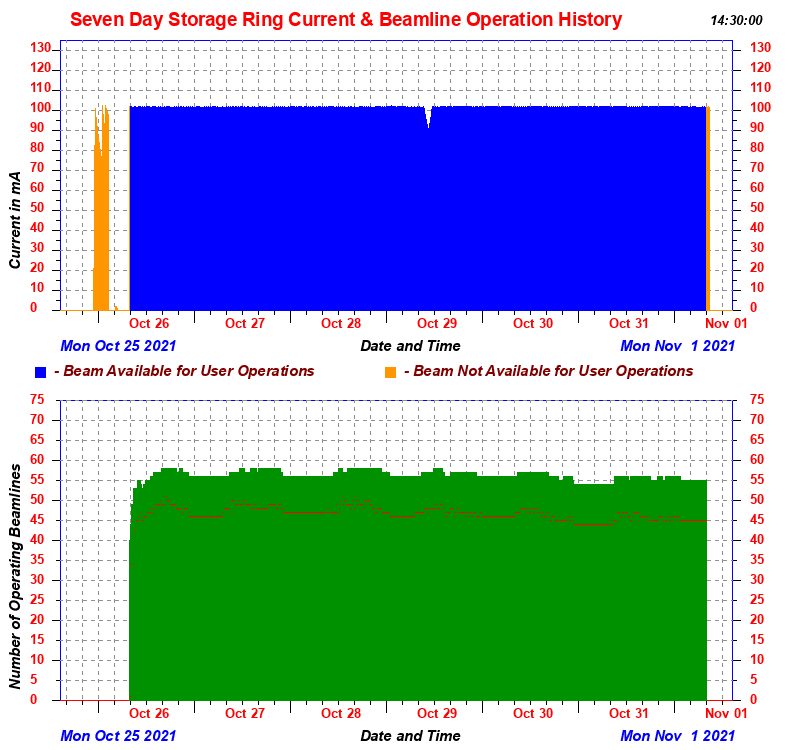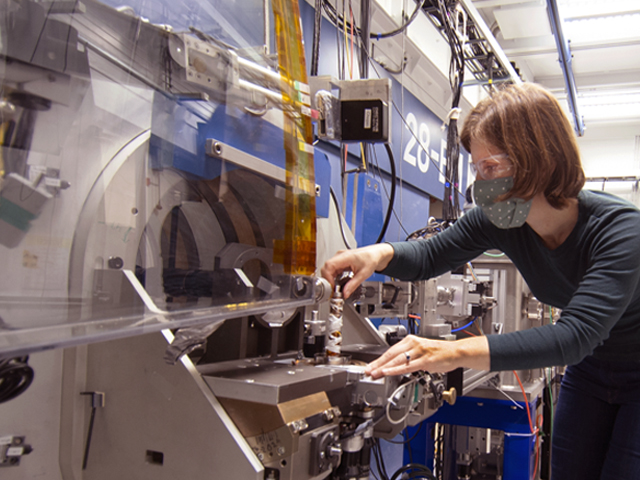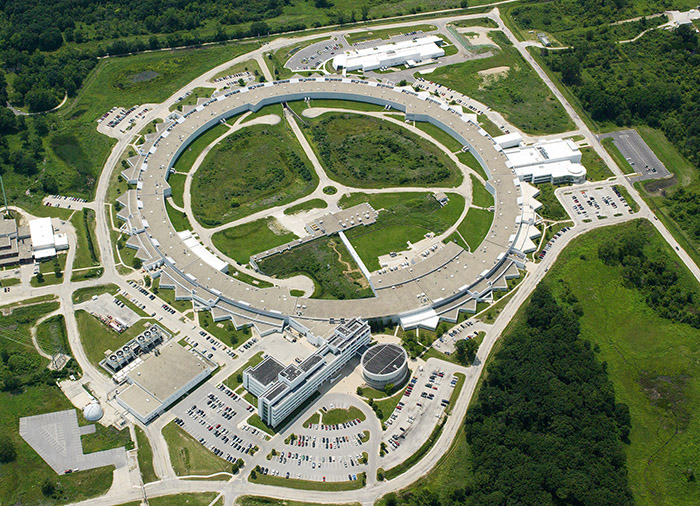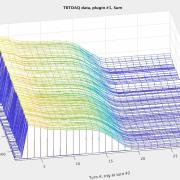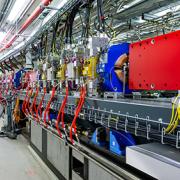
The Advanced Photon Source
a U.S. Department of Energy Office of Science User Facility
THE ADVANCED PHOTON SOURCE UPGRADE IS IN PROGRESS
The Advanced Photon Source is undergoing a comprehensive upgrade to replace its original electron storage ring with a new, state-of-the-art accelerator. This will increase the brightness of APS X-ray beams by up to 500 times, and new beamlines will be constructed to take advantage of these improved capabilities. The facility will be closed for operations during this time.
Visit the APS Upgrade webpage for information about the project’s progress and future science at the facility. We look forward to completing the project and welcoming our users back to the APS this year.
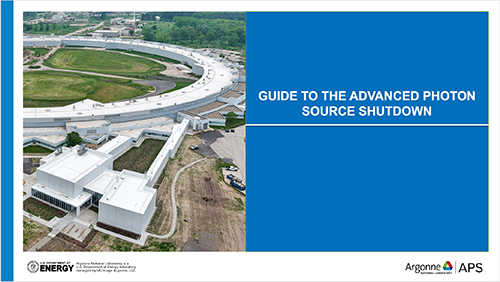
Working during the shutdown?
Download the Guide to the APS Shutdown here.
Download the Guide to the APS Shutdown here.
APS/User News
Electrons have made their way around the new Advanced Photon Source (APS) storage ring for the first time, a major milestone in the process of bringing the newly upgraded APS into operation.
APS/User News
The Advanced Photon Source (APS) Upgrade project officially moved into a new phase today, as commissioning of the new storage ring began.
APS/User News
Award recognizes important scientific or technical accomplishments at (or beneficial to) the Advanced Photon Source.
APS/User News
Mechanical engineering specialist Grace Avellar oversees the successful installation and tracking of components for beamlines as part of the APS Upgrade.
Conferences, Workshops, Meetings
Apr 24 2024
May 06 2024 to May 10 2024
May 19 2024 to May 24 2024
Aug 19 2024 to Aug 23 2024
Seminars, Training, Schools, Etc
3:00 p.m. Hybrid: 401/B2100 and Virtual
11:00 a.m. Hybrid: 440/A105-A106 and Virtual
11:00 a.m. Hybrid: 437/C010 and Virtual












